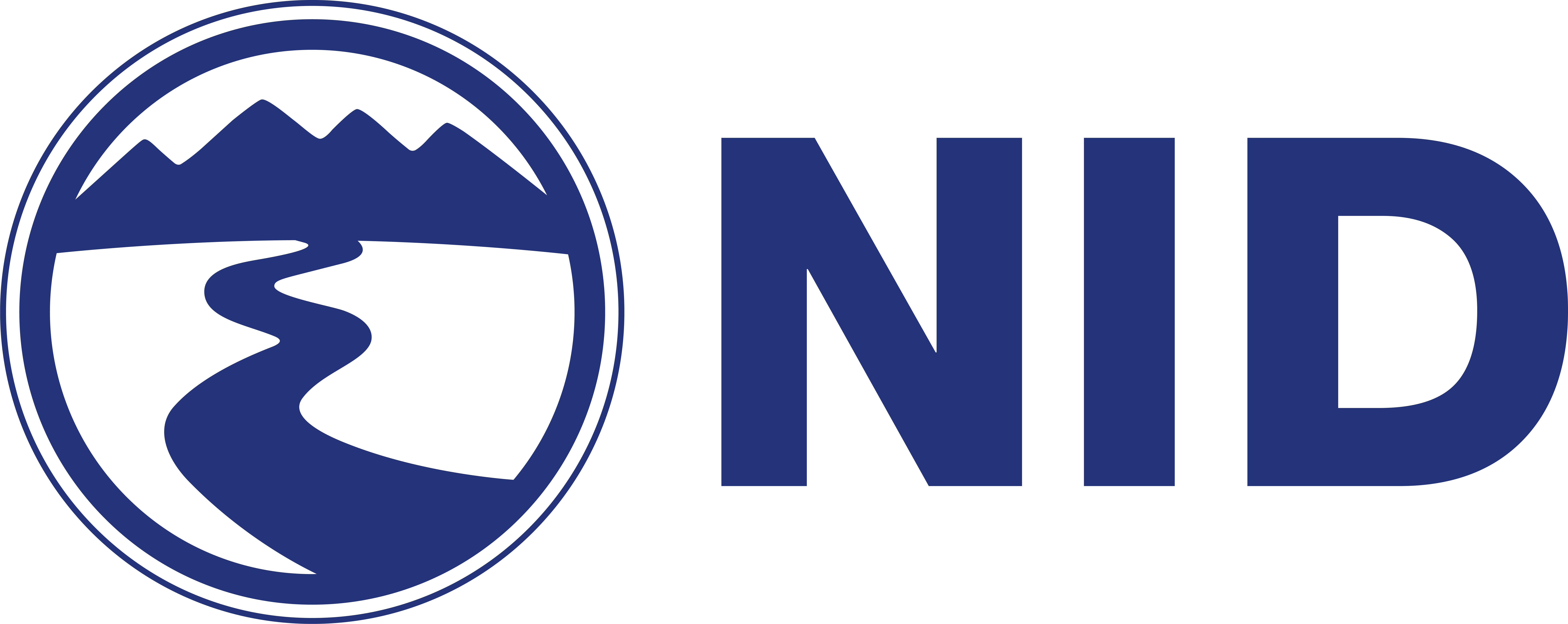Winter Water Conservation – Let’s Save Water Together

Can you save a snowman by shortening your daily showers? While it’s true each minute you shave off your shower time saves up to 2.5 gallons of water, those gallons in a frozen form may not be enough to build a complete snowman. Yet every drop goes toward the preservation of our local water source, which is Sierra snow-turned-snowmelt in the spring.
Conservation year-around is important to ensure there is enough water for our community’s demand for water, now and during the coming decades. Using water efficiently also saves money for you personally, and goes a long way to reduce waste, protect watersheds, and mitigate the impacts of drought and climate change.
Last year, our communities faced an emergency water shortage after infrastructure damage at Pacific Gas and Electric Company’s (PG&E) Lake Spaulding cut off spring snowmelt from reaching Nevada Irrigation District’s (NID) foothill reservoirs. The lack of access to normal watershed runoff meant the District had to rely upon limited water storage in Rollins and Scotts Flat reservoirs, which drew down the water perilously low. It was an unsightly and dangerous situation.
As the situation worsened last summer, NID’s Board of Directors needed to enact emergency water conservation measures, including a call for a mandatory 20 percent water reduction by all District customers. Those measures will continue into 2025 until PG&E completes the infrastructure repairs and water will again flow reliably from Lake Spaulding through NID canals to Rollins and Scotts Flat reservoirs.
Nevada City and Grass Valley receive their water from NID. Last year, both cities adopted resolutions requesting conservation by city water customers.
Visit nidwater.com for continued updates.
Are we conserving enough water?
Water conservation tends to be a priority during the warmer months, when water levels in reservoirs are noticeably lower. However, water conservation needs to be a year-round goal. Last year, after the emergency water shortage declaration, customers initially began to conserve. However, with soaring temperatures and prolonged heatwaves during the summer, conservation fell by the wayside. Instead of reducing water use by 20 percent, NID customers actually used 4 percent more treated water in 2024 than in 2023.
Starting off the new year on a positive note; customers in January 2025 have used 2 percent less treated water than our previous 12-year average.
Why is winter water conservation necessary?
Many people think they just need to conserve in the summer because that’s when people use the most water. Yet, we must stay vigilant with our water-saving efforts throughout the year as nobody knows what this winter will deliver. Remember that once winter ends, the summer heat could once again deplete our water source. There are still plenty of ways to cut back on water use during the cold months. To help you maintain your efforts to conserve water all through the year, here are some winter water-saving tips:
- Insulate hot water pipes. Cover indoor pipes with insulation, especially those on an outside facing wall or in unheated areas of your home. This will reduce the amount of water that must be run to get hot water from the faucet and avoid leaks from cold pipes. To be effective, insulate the full pipe including elbows and pipe tees.
- Identify the water shut-off valve for your house. Locate your master water shut off valve and mark it for quick identification. If a pipe does burst, you'll be able to shut off the water flow quickly and minimize damage and water loss.
- Use a shower bucket. Because it takes longer for your shower to heat up in winter, catch that cold water and use it to flush toilets or water plants. This is a trick that you can use year-round, but it’s especially helpful in winter when your shower runs cold for a bit longer.
- Drain your pipes before long absences. This will help you avoid a pipe bursting from the cold while you're away. Turn the water off at the main valve, open all of the faucets so that they drain completely. Forced air from an air compressor will completely dry out the pipes. Check for faucet and toilet leaks. Even a tiny leak can cause lots of water loss.
Plus, don’t forget these year-round commonsense conservation practices that are part of NID’s emergency water declaration:
- Keep water on your property: no runoff is allowed from watering that flows onto adjacent property, walkways, roadways, parking lots, and the like
- Put a nozzle on it: when you wash your car, the hose must be fitted with a spray nozzle or attached device that cuts off water when not in use
- No fake water features: don’t fill a fountain or other decorative water feature, except where the water is part of a recirculating system
- Ask for a glass of water: drinking water won’t be automatically poured in eating or drinking establishments. Thirsty? Not a problem: water is available upon request
- Traveling? Forego daily washed towels and sheets: hotel and motel operators will provide guests with the option of not having towels and linens laundered daily. Choose to save water by not having washable items changed every 24 hours.
In addition, many people have reduced the amount of water in their gardens and landscaping, and they have made lifestyle adjustments, such as turning off the tap while brushing teeth to save 8-10 gallons. Finally, switching out old, inefficient plumbing fixtures with new ones with water-saving features that are certified to use at least 20 percent less water,
Using water efficiently is as simple as making small habit changes to protect the resource for our community. The mantra is to make conservation a lifestyle through water-saving practices at home and work.

Check out the “Measure Your Water Use Calculator” at nidwater.com. Click on the link and answer the questions to find out how much water your home uses and how to save water, energy and money.
(Jaunary 2025)
